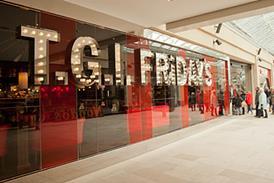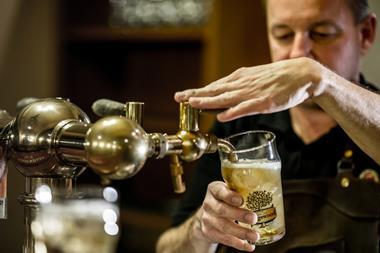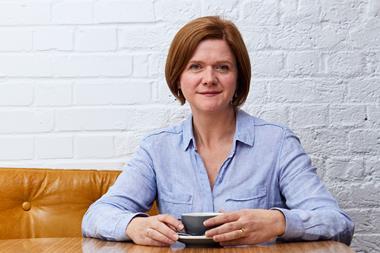Inside Track by Peter Martin
Enjoyment and indulgence are not dead, but they are being kept on an increasingly tight rein.
Health and diet are a national preoccupation, if not obsession, amply demonstrated by last week's media rumpus over a report questioning the benefits of omega-3 fatty acids found in oily fish.
Whether the evidence is right or wrong - and the tide seems to be turning back to supporting the virtues of omega-3 - might be seen as less important than the fact that the original story made second slot on BBC Radio news, behind only the release of Iraq hostage Norman Kember. That's the clout health issues now have.
The problem for those in the eating and drinking out market is understanding and exploiting the health trend. It is anything but straightforward.
The good news is that for consumers trying to be fit and healthy doesn't have to preclude having a good time. Lifestyle balance, choice and experience all play a part.
Only 16% of the population can be classed as ultra-healthy, and live their lives accordingly. More often than not these are 'post-family' over 40s. The bulk of us, 59% of the country, are what the Future Foundation, which tracks consumer trends both in the UK and globally, calls healthy hedonists.
There is another 25% who either don't care about health, often the young, or can't afford to eat healthily, but it is the healthy hedonists who hold the key to the healthy eating market.
They are the ones that will detox, take vitamin supplements, go on a diet and stop smoking, but still want to go out for a good time or veg-out at home in front of the telly from time to time. They do it all. The trick is trying to understand how and when - and there's not a simple answer to that.
Changing demographics, economic growth, the have-it-all society and the experience economy are all playing their part in the growth in healthy eating and the healthy hedonists.
Household wealth is rising, for most at least, and experience-based activities, such as leisure, are receiving more of the household spend. The paradox, according to Michael Willmott of the Future Foundation, is that we do actually have more leisure time than before, but we want to cram more things into that time, which makes it feel that we have less time.
The population is getting older, with an extra five million over 45s predicted by 2020, and they are more likely to be health conscious. We worry more, including about our health, which in turn drives our desire to do something about it. We think we have more health problems than previous generations.
Underlying all this is, of course, the rise of the New Puritans, the health, environmental and lifestyle zealots, who are increasingly telling us what we should and shouldn't do - from recycling our waste to not driving 4x4s.
The smoking ban is an obvious product of all this. It may have been driven by the zealots, but it is supported by the majority of the public. This week Mitchells & Butlers, one of the companies that takes an optimistic view of the ban, told analysts that it believes there are 10 million women who can be attracted back to pubs post-ban - most, if not all, healthy hedonists no doubt.
A range of factors is driving the rise in health consciousness, but nonetheless this exists alongside a wealthier public's desire for excitement and increased individualism, says Willmott.
It is reflected perfectly is statistics from TNS, quoted before in this column, that wonderfully demonstrate how a need to be healthy drives meal decisions at the beginning of the day and also the beginning of the week, while old fashioned enjoyment is the main driver at the end of the day and particularly and the end of the week.
Balance, choice and experience would seem to be the key factors, not just in how the healthy hedonists see their life, but how this market can successfully meet their needs.
































